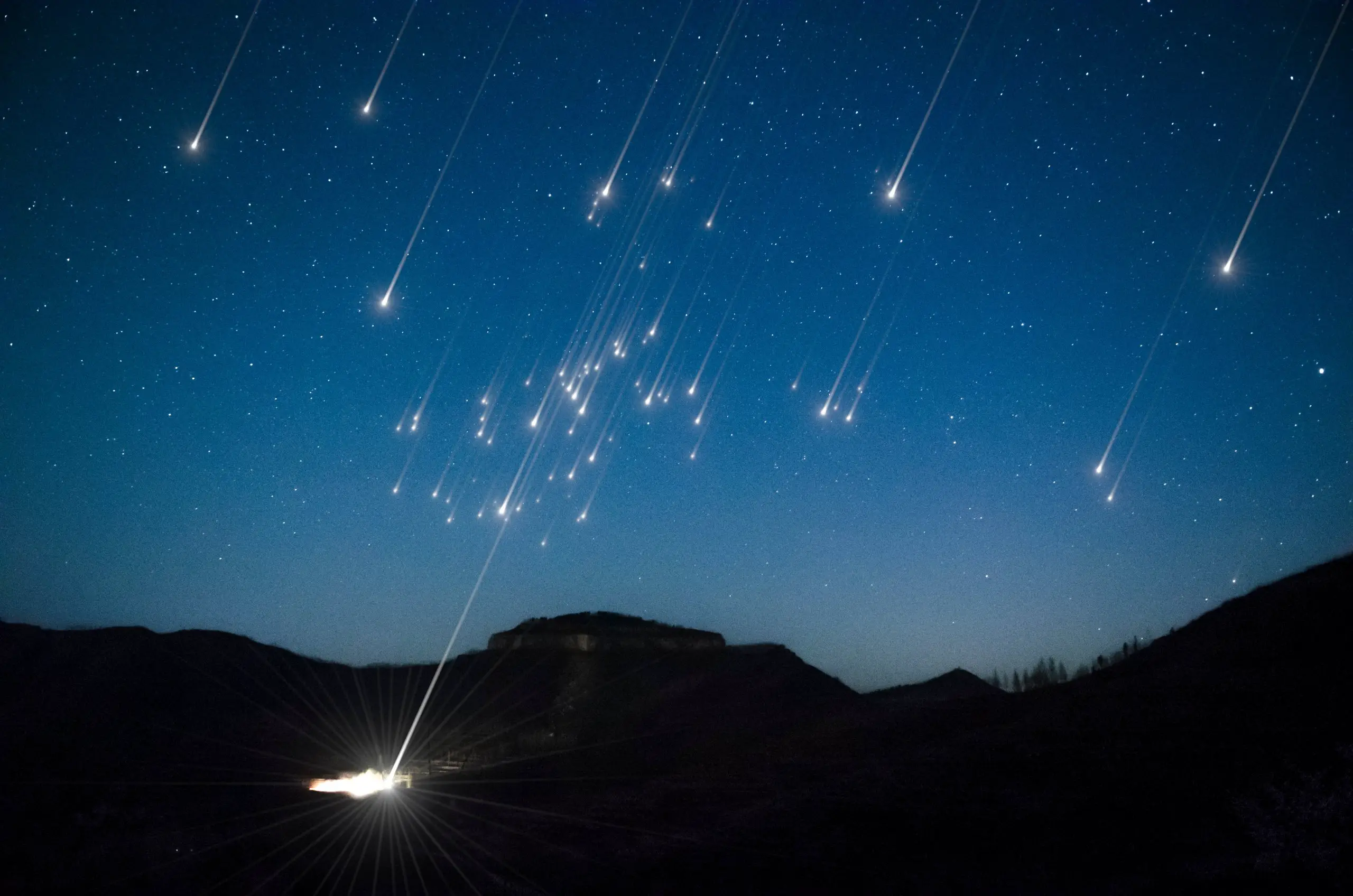The Leonid Meteor Shower Coming In November 2021 – How To Observe The Phenomenon
Tags: opinion

The Leonid Meteor Shower is highly anticipated among astronomy fans. The Leonid Meteor Shower evolves into a storm and produces bright and fast shooting stars. This is what you need to know before you witness this dazzling phenomenon.
This shower is known for periodic storms of large proportions where shooting stars fall like rain. No storms are predicted for 2021, but you can still catch a large number of meteors from the 6th of November to the 30th. You will observe the peak in the morning of the 17th of November.
Leonid Meteor Shower: What Are Leonids?
The Leonids come from the Comet 55P/Tempel-Tuttle. The Earth passes through this comet’s tail in November and pieces of this comet burn up in our atmosphere. This results in a night sky that is peppered with shooting stars. The name of this shower, Leonid Meteor Shower, comes from the constellation of Leo. The meteor appears to radiate from this constellation as it streaks across the sky.
Read: The Day ‘Money Fell Out The Sky’ – Meteorite Fragments Valued Up To $26,000 Rain Down In Brazil
The shower blows up into a full-fledged storm on this occasion. This storm produces a massive number of shooting stars, around 1000 in an hour. The meteors that fall during this show are colorful, fast, and extremely bright. Storms from Comet 55P/Tempel-Tuttle are observed every 33 years. The last one was recorded in 2001.
When Is The Next Leonid Meteor Shower?
The 2021 Leonid Meteor Shower will not reach the status of a storm but it is still worth it. The activity will reach its peak on the night of the 17th of November and in the early morning of the 18th. This shower might produce 15 meteors in an hour but can be difficult to spot due to the waxing gibbous moon. It will hang around most of the night, brightening the sky and washing out many of the meteors.
Where Should You Watch This Dazzling Phenomenon?
You need to find a remote area that has the least light pollution, to get the best shot at catching the Leonid Meteor Shower. City and National parks are the best places to watch such meteor showers. Go to the park in the early parts of the day and find a wide-open area with a good view of the sky in all directions.
Give your eyes some time to adjust to this darkness. If you are from the Northern Hemisphere, this will be clearly visible to you, and the best time to see it is in the early dawn hours.
Meteors get their names from the point from which they seem to originate. This shower is named after the constellation Leo because these meteors radiate outwards from the cluster of stars which represents Lion’s mane.
The point from the sky from which the meteors radiate is known as the radiant point and is also an optical illusion. This illusion comes from the fact that meteors, like railway tracks, move on parallel paths.
Read: Inside Of This Meteorite That Came From The Core Of Another Planet Is A New Material
You do not need to find the whereabouts of the radiant point to watch a meteor shower. These meteors become visible only after they reach 30 degrees from their radiant point. These meteors appear in all the parts of the sky.
The peak of the 2021 Leonid meteor shower will be occurring between the evening of November 16 and dawn on November 17. The waxing gibbous moon will interfere, brightening the sky.
Image credit: 123RF
Leave Comment: